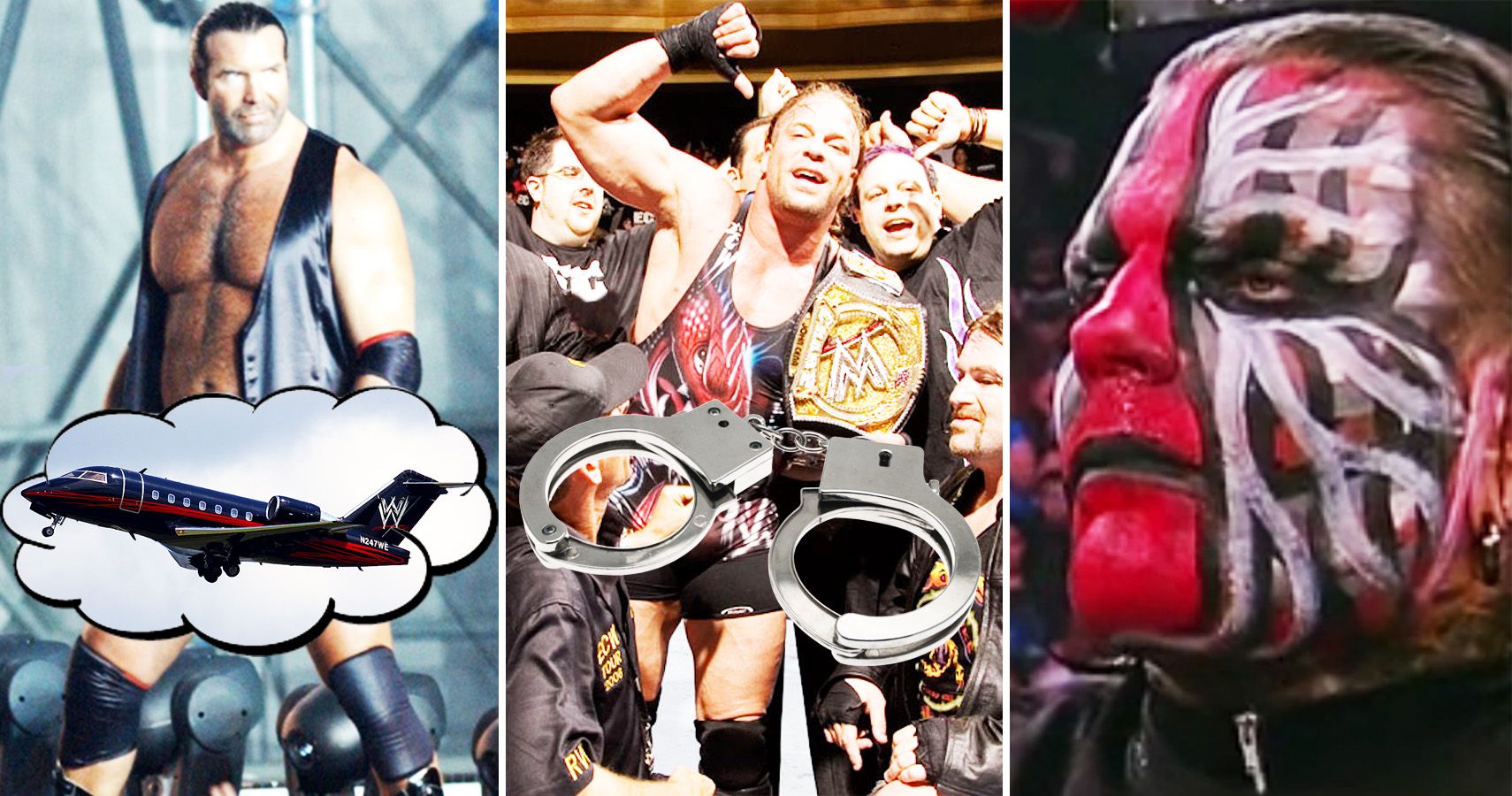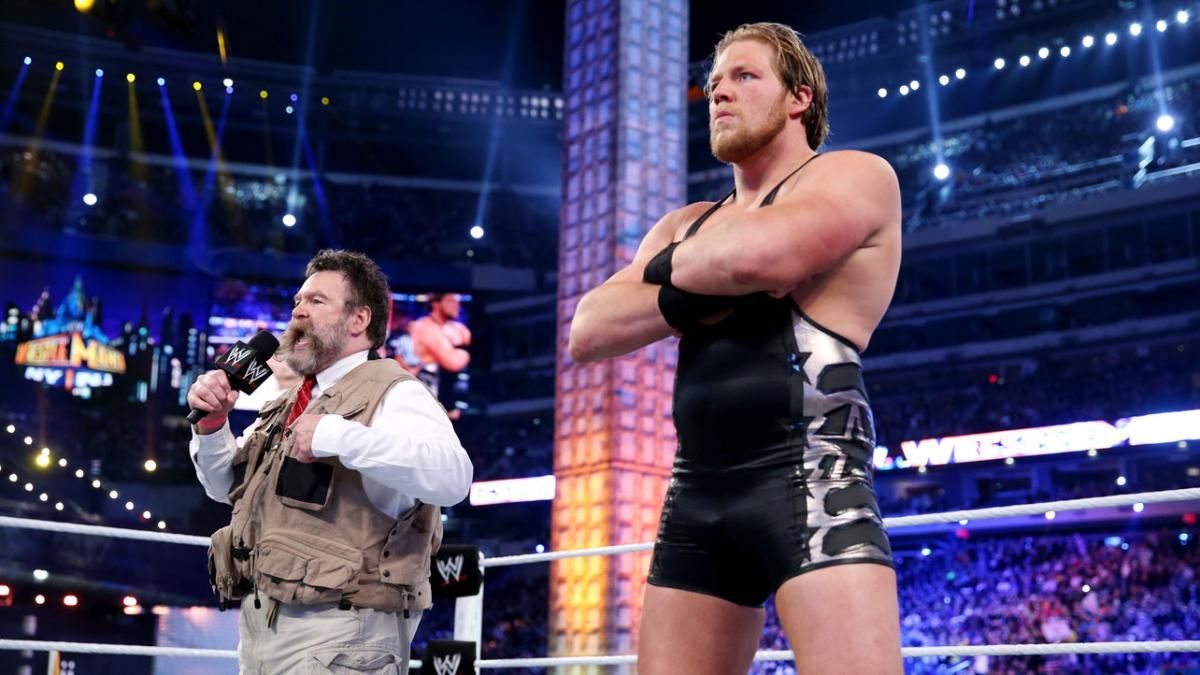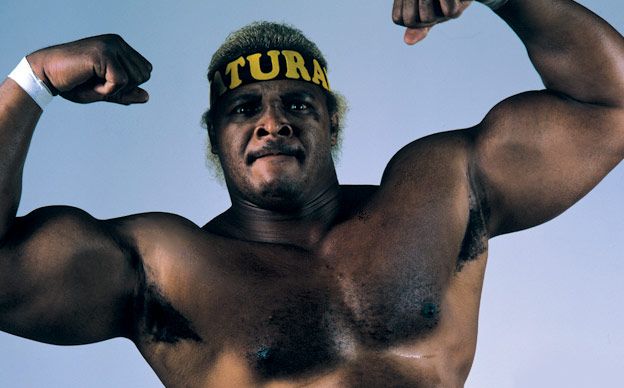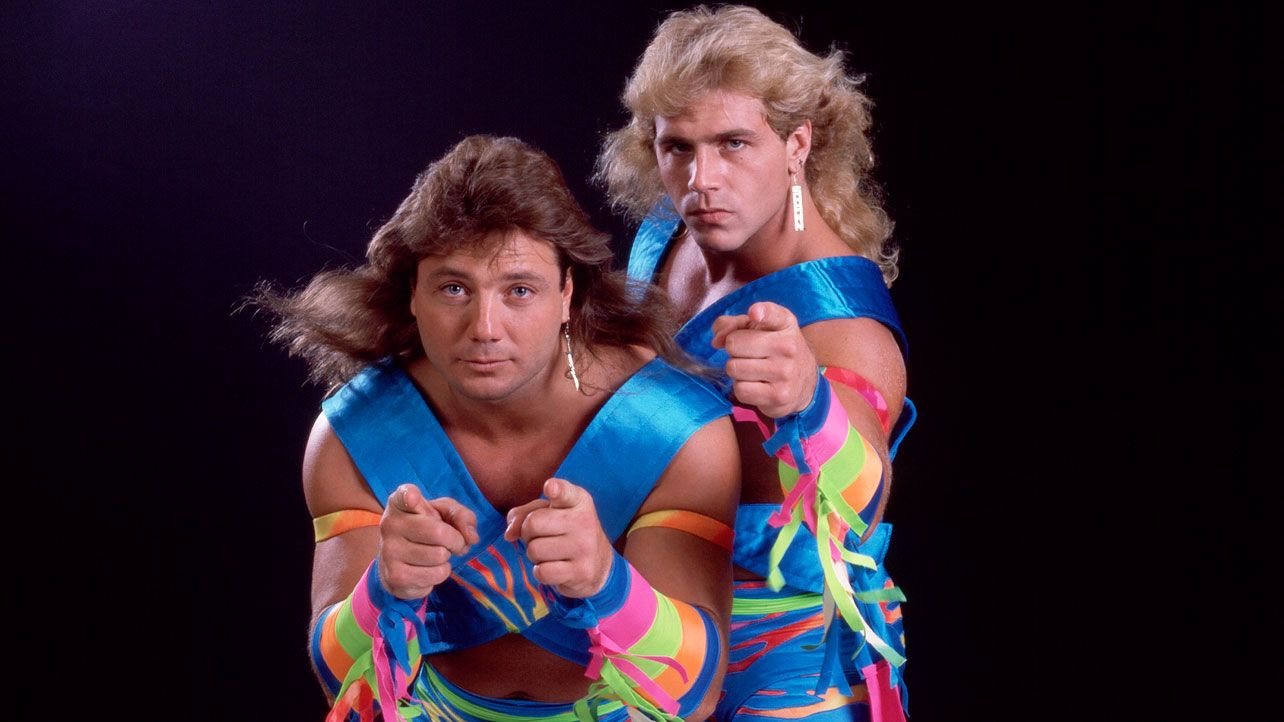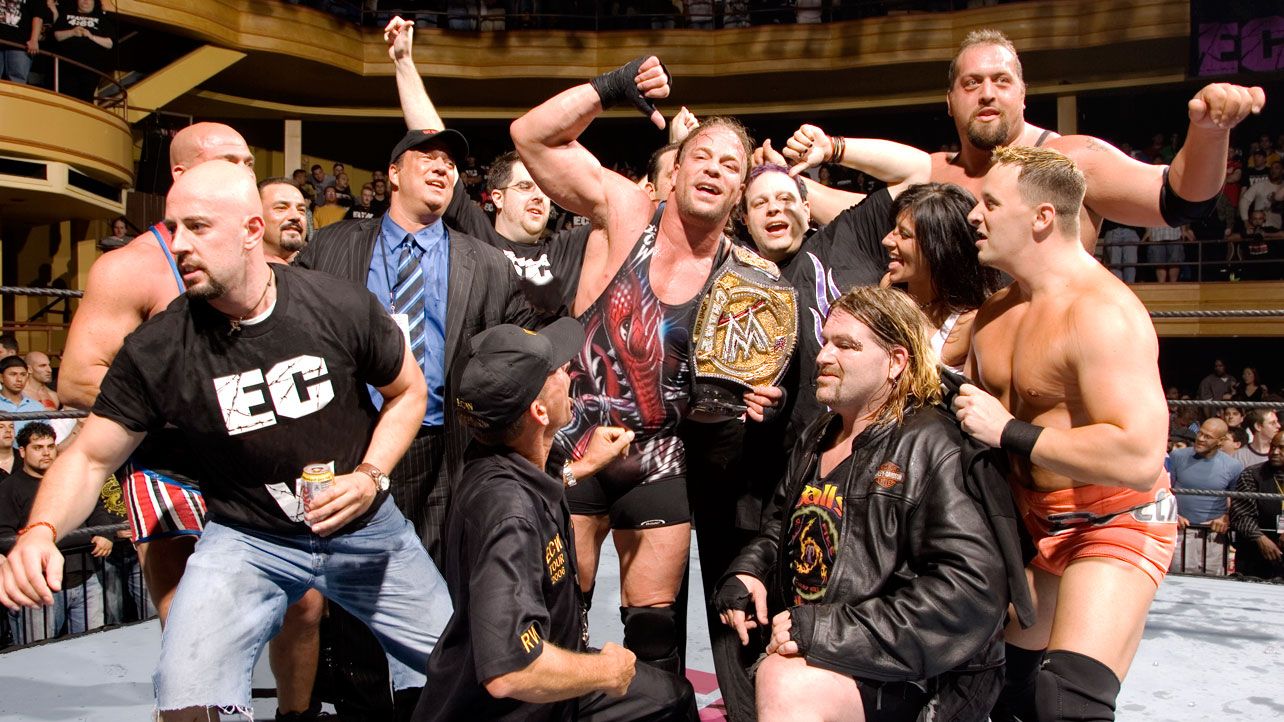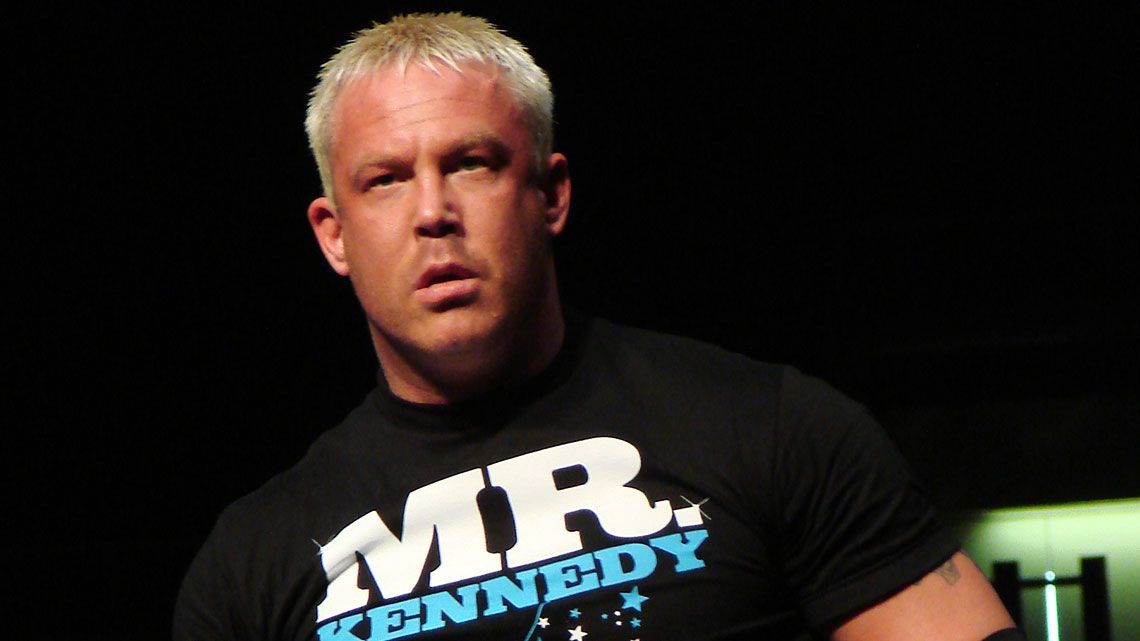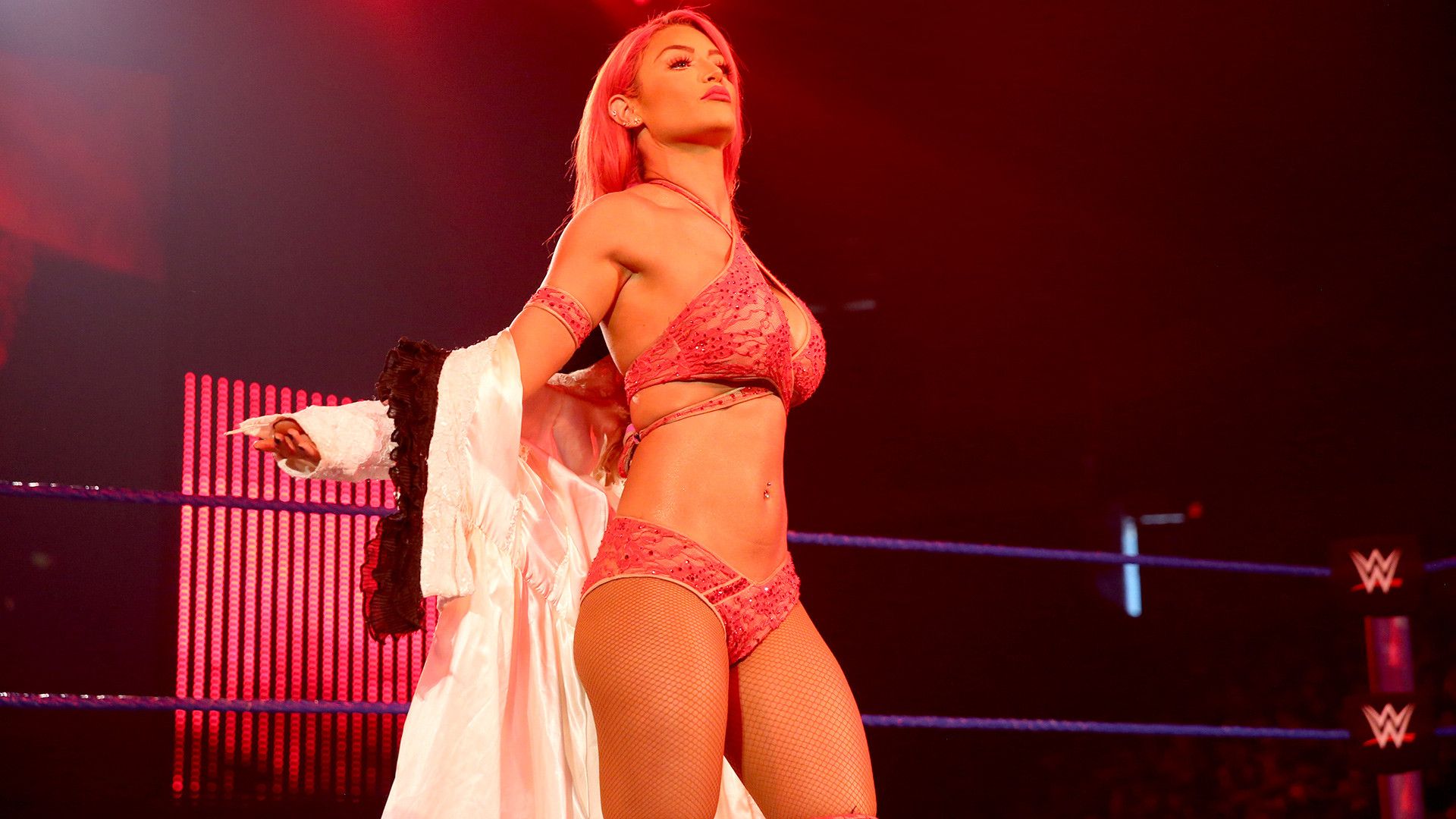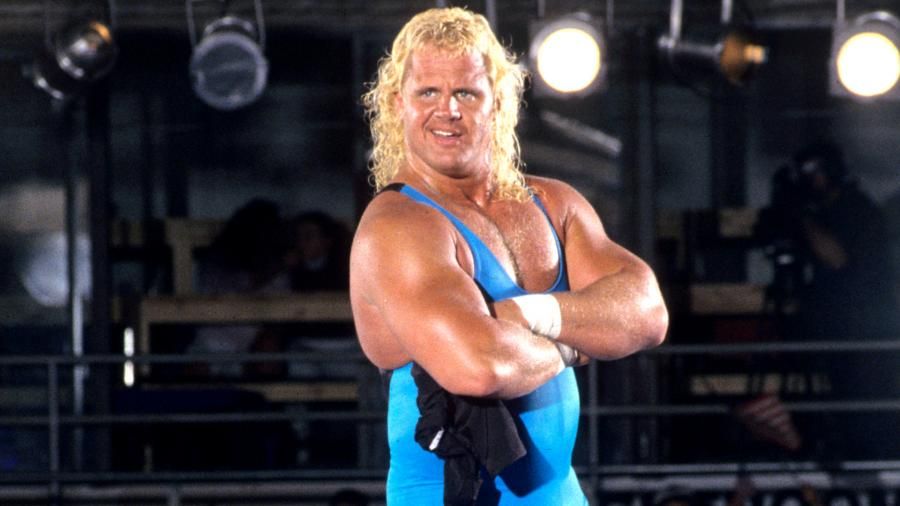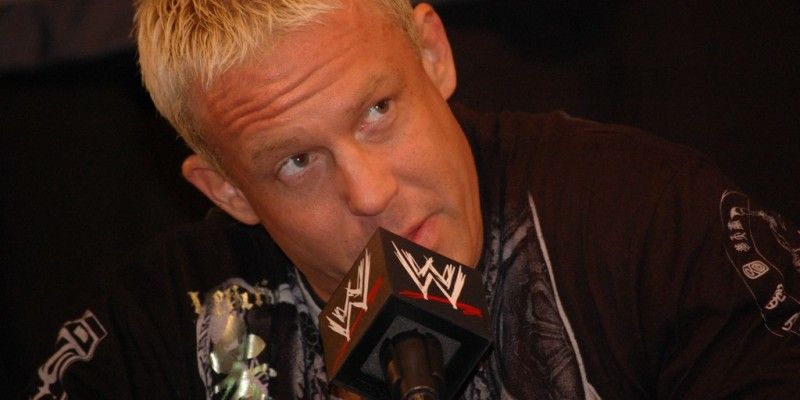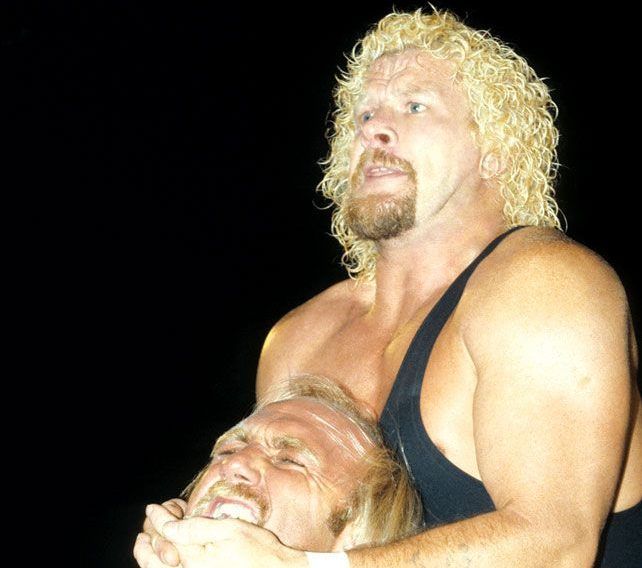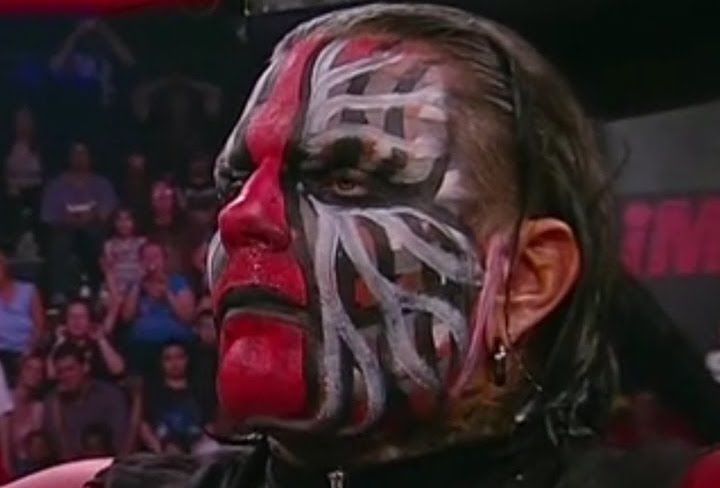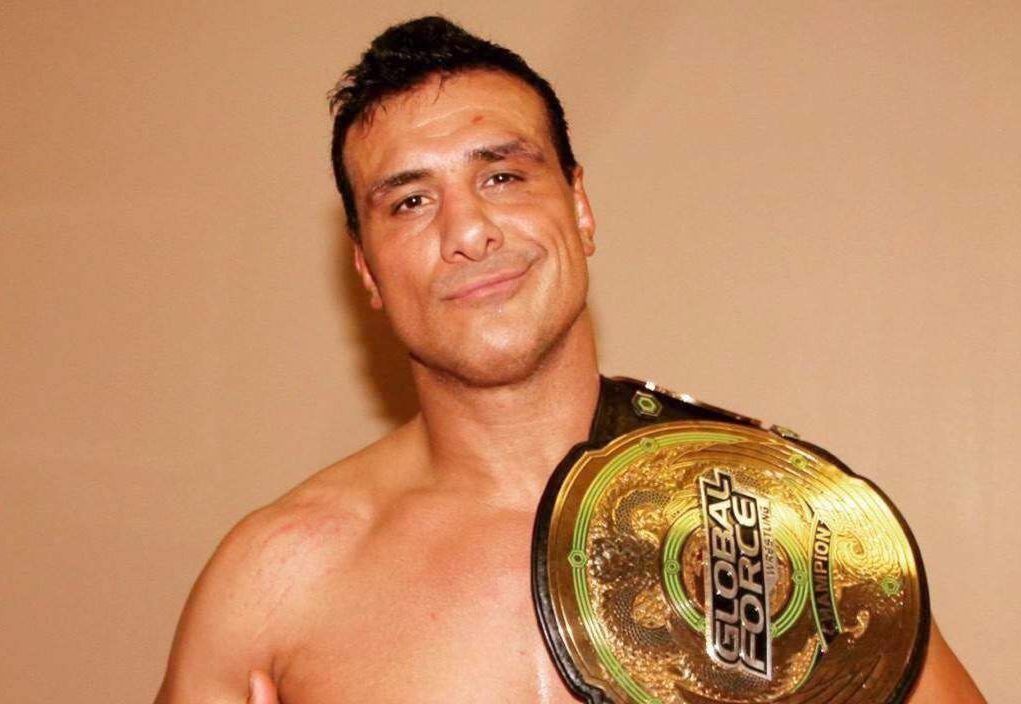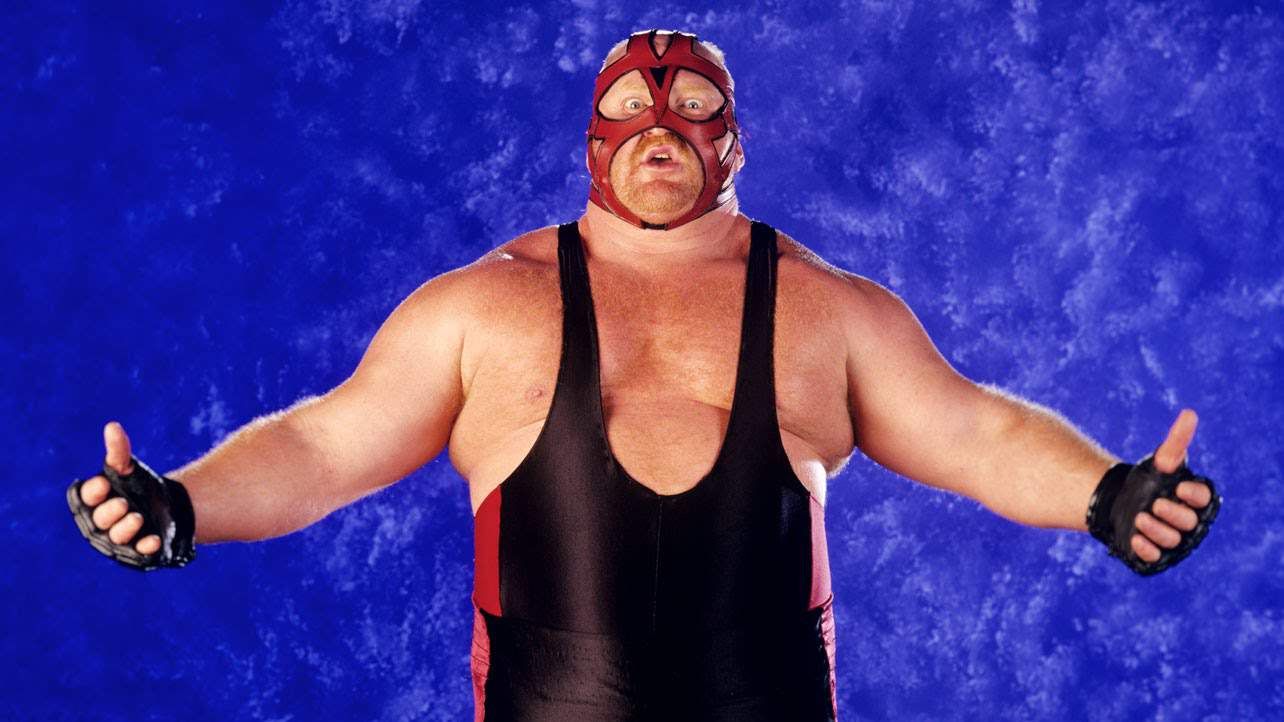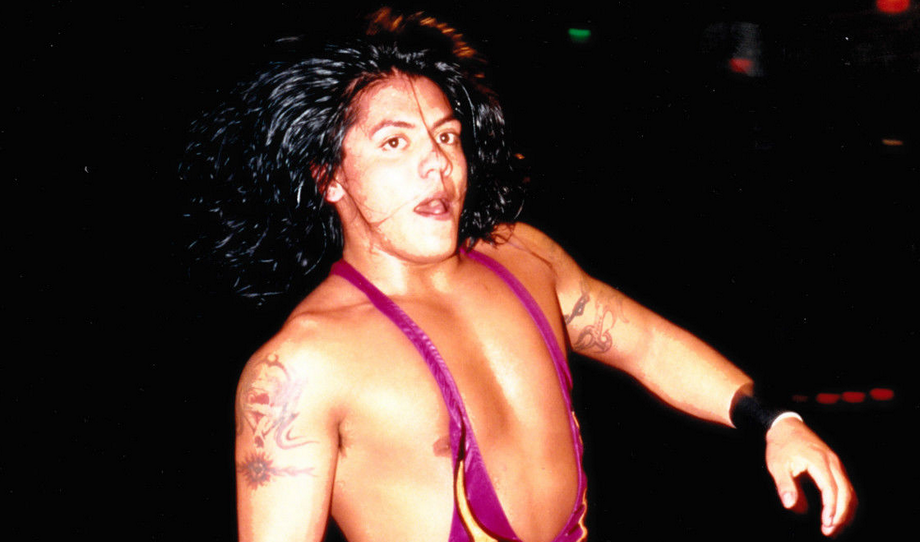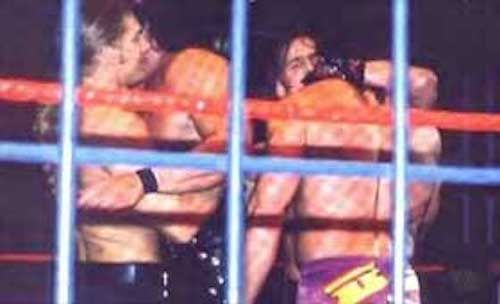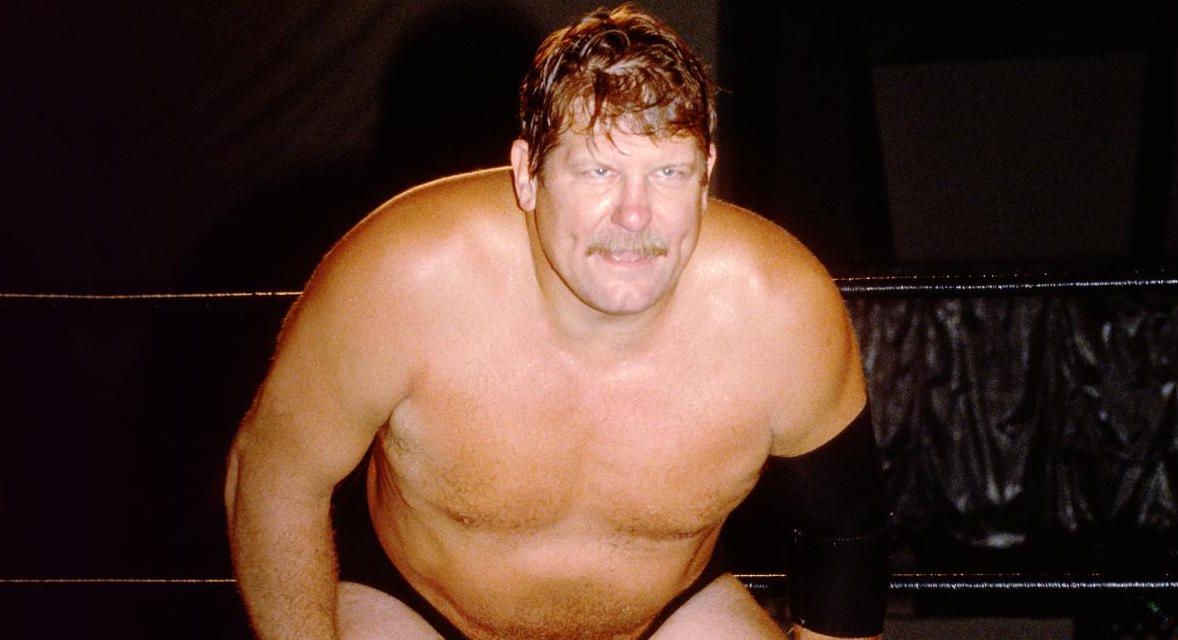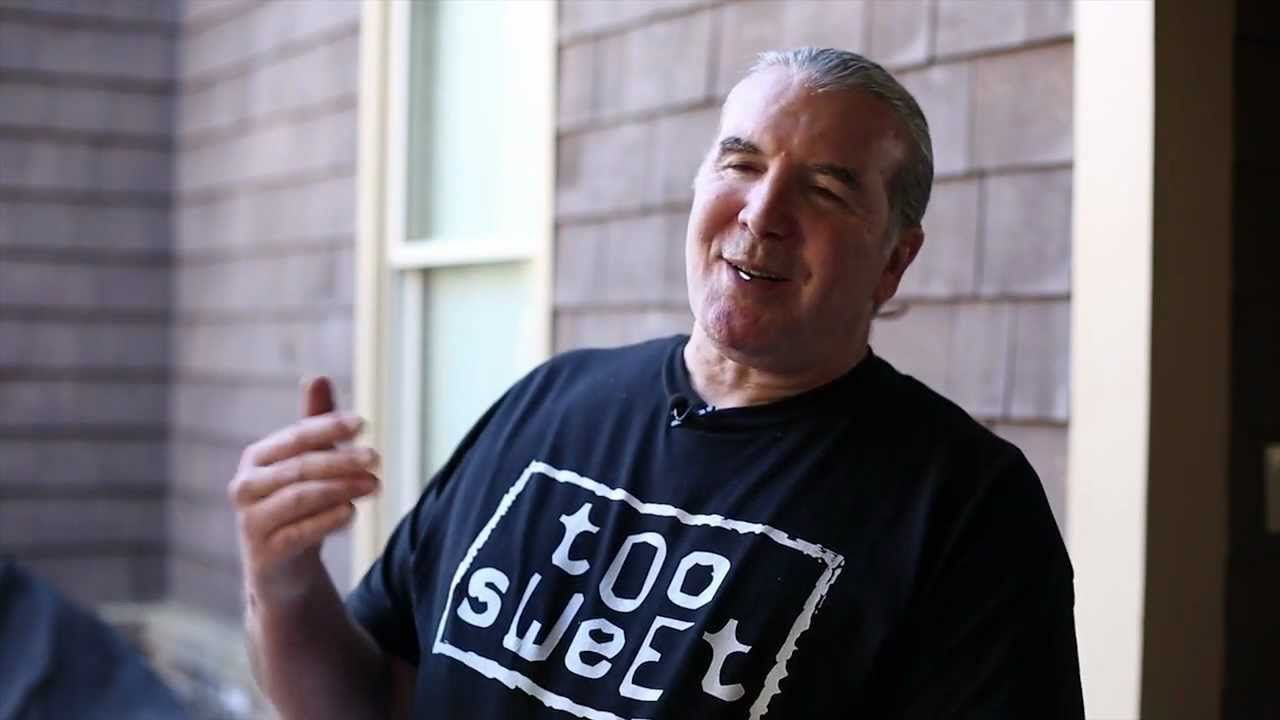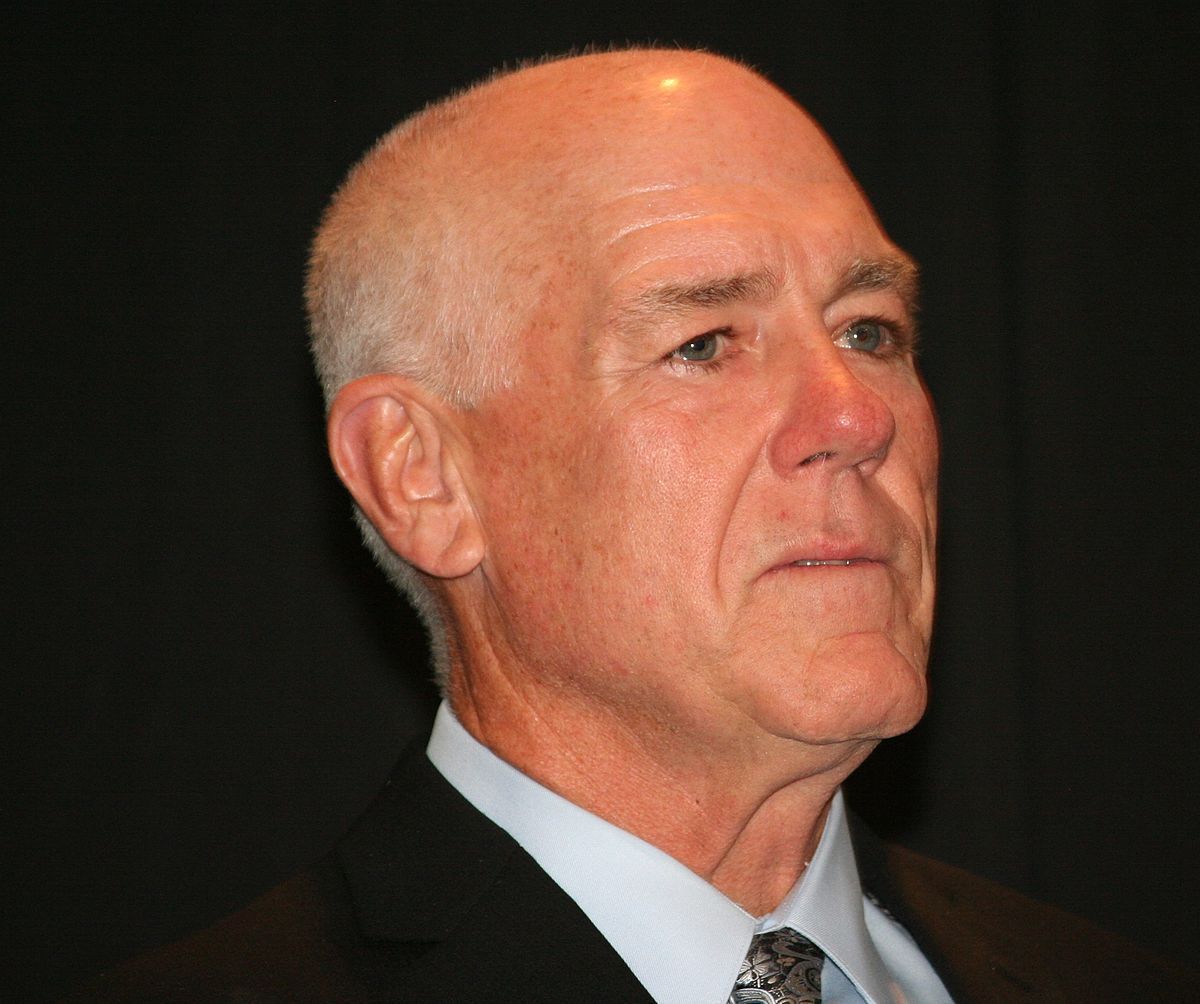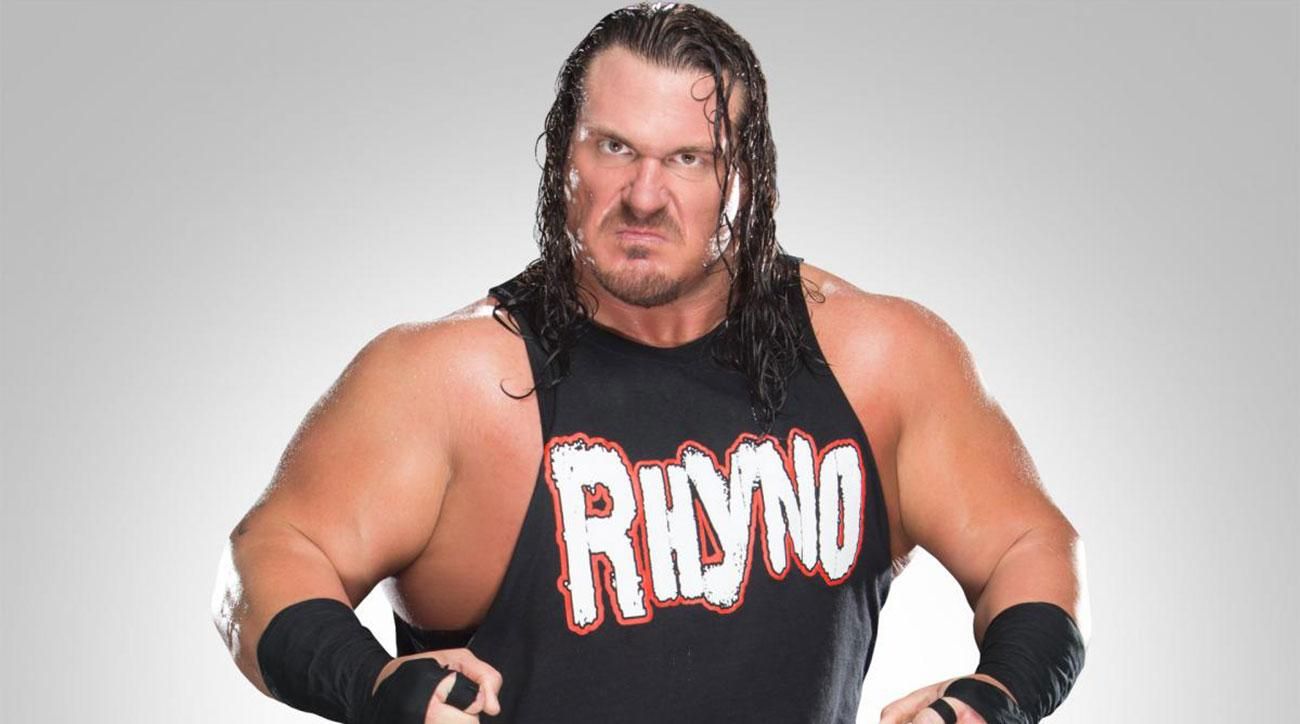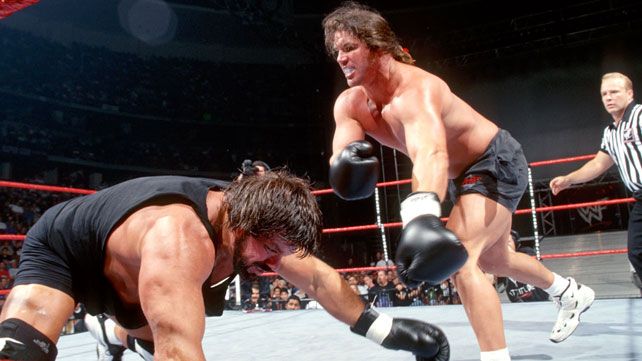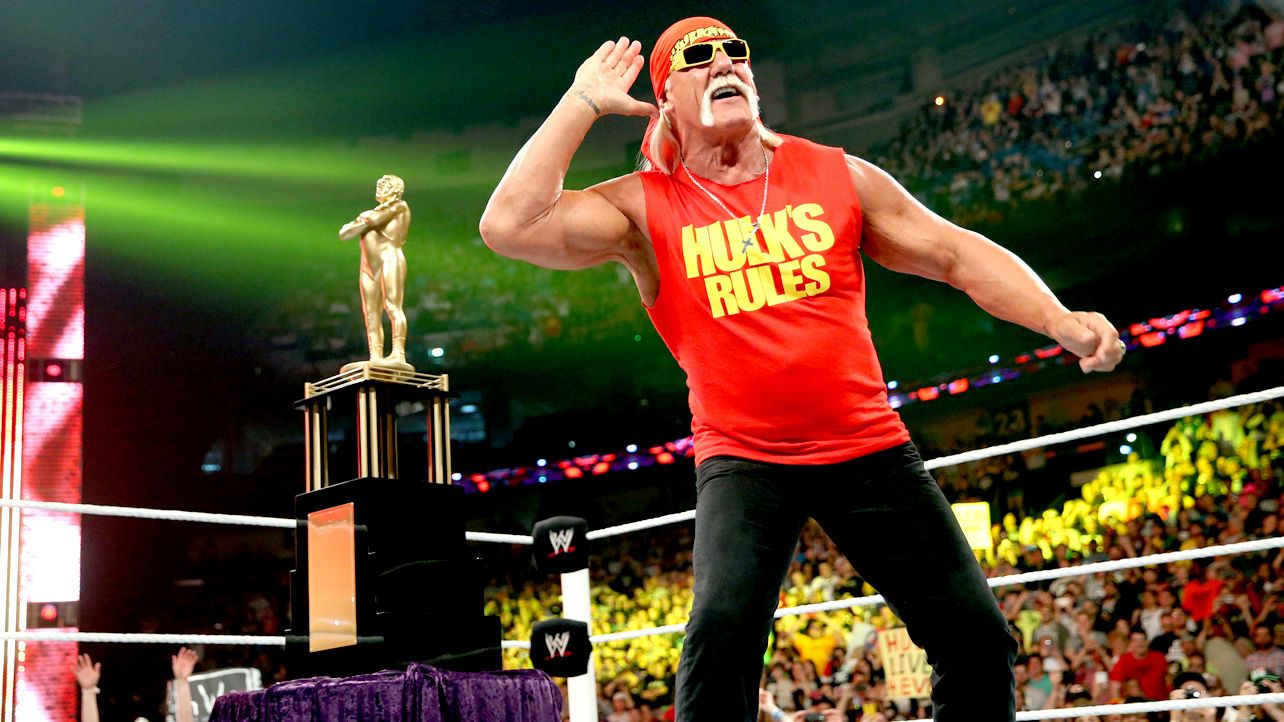It’s a familiar story.
A pro wrestler strives for years to carve out a niche for himself in the business, climb the ladder and see his name on the marquee and reap the financial rewards of his hard work and self-sacrifice.
After learning the ropes, enduring the bumps, travelling the roads, paying his dues and making a name for himself, the wrestler finally attracts the attention of a major organisation. Signing that guaranteed contract, he works diligently to earn the respect of his peers and win over his superiors and, eventually, is in line for a major push and a title series. He might even capture the championship and be on top of the wrestling world, king of the castle.
And then he goes and does something really stupid and his glowing reputation and record of achievement are tarnished or even ruined beyond repair, almost in an instant.
In recognition of these wrestlers, we have compiled a list of 20 male and female performers whose careers suffered or even ended after they no-showed wrestling events, broke a law of the land (or, worse, wrestling protocol) or slipped up in some other fashion.
Not all the members of our gallery were rising stars when the named incident or event occurred. Some are veterans who squandered chances or committed rash, inexplicable or harebrained acts that were not only damaging to their own careers, but harmful to the company for which they worked and even, in at least one instance, the entire pro wrestling industry.
20 20. JACK SWAGGER
Jack Swagger’s 2010 WWE World Title reign was so uneventful, few remember it happened. Jack’s career was at best fitful over the next two years. WWE had so few ideas for him that he was axed from television in September 2012. Announcing his exit after he had suffered yet another loss, Swagger said: “Everyone knows that I’m better than this.”
On February 1, 2013, real American Jack Swagger returned to television with a push. Recruiting nationalistic manager Zeb Colter, Swagger commanded attention from the audience for the first time in years. When he won the Elimination Chamber match to earn a title match with Alberto Del Rio at WrestleMania XXIX, it seemed that Swagger would finally receive the chance to fulfil his early promise.
Two nights later, however, Swagger was arrested for marijuana possession, DUI and speeding in Biloxi, Mississippi.
Consequently, his push perished. Swagger lost to Del Rio at both WrestleMania and Extreme Rules. Working his way down the card, Swagger became WWE’s forgotten man, the quintessential example of unrealized potential. He was finally released from his contract in March 2017.
19 19. BUTCH REED
Ricky Steamboat’s Intercontinental Title reign ended prematurely by his own hand in 1987. Two months after he had captured the championship from Randy Savage at WrestleMania III, Steamboat requested a leave of absence to spend more time at home with his wife and baby son. Permission was granted — once he had lost the Intercontinental Title.
“The Natural” Butch Reed, a respected nine-year veteran of World Class and Mid-South, was chosen as Steamboat’s successor. It was an enormous opportunity for Reed to heighten his profile and boost his earnings. The title change was set for a Superstars television taping on June 2, 1987 in Buffalo, New York.
Reed failed to appear that night.
This presented a problem: Steamboat had given notice and would not be available for WWE’s next television tapings three weeks later. Therefore, the decision was made that someone else would become champion in Buffalo.
Enter The Honky Tonk Man. Toppling Steamboat, he captured the title and held it until August 29, 1988. Honky remains the longest-reigning Intercontinental Champion in history. It could have been Butch.
18 18. THE ROCKERS
The same night The Honky Tonk Man received the break of a lifetime, Shawn Michaels and Marty Jannetty appeared to squander the opportunity of a lifetime.
Formerly of the AWA, The Midnight Rockers were on hand at the WWE taping on June 2, 1987. They didn’t wrestle, but were in the presence of talent backstage and at the hotel bar following the event.
Many stories have circulated as to what happened at the bar. Michaels stated in his autobiography, Heartbreak & Triumph, that he broke a glass over his head, but that was it. Tales that The Midnight Rockers trashed the bar were greatly exaggerated, according to Michaels.
The next night, The Rockers won their match at the Wrestling Challenge taping in Rochester, New York. Everything went smoothly, and Michaels and Jannetty left the arena, believing the incident in the bar would have no bearing on their future in WWE.
They were wrong. An embroidered account of the bar incident had been relayed to Vince McMahon, who fired Michaels and Jannetty a few days later. The Rockers had to wait 13 more months for their second chance in WWE. They made the most of it that time.
17 17. ROB VAN DAM
Five years after he joined WWE, Rob Van Dam completed a stunning double in the space of 48 hours: he defeated John Cena to win the WWE title in the main event of WWE’s ECW One Night Stand event in 2006, and was named WWE’s first ECW Champion two nights later. Double champion RVD had never had it so good.
Just three weeks after his stunning victory over Cena before a rapturous response at the Hammerstein Ballroom in New York City, RVD was pulled over by police for speeding in Hanging Rock, Ohio and found to be in possession of 18 grams of marijuana. As double champion, RVD’s arrest made national news.
WWE, which had implemented its Wellness Policy four months earlier, had to act.
RVD lost the WWE Title to Edge in a triple threat match the next night on RAW, and the ECW Title to Big Show the night after. He was then suspended without pay for 30 days and was never crowned world champion again.
16 16. MR. KENNEDY
The Signature Pharmacy steroid scandal of August 2007 hammered more than a dozen WWE wrestlers’ bank balances.
John Morrison, Chavo Guerrero, Edge and Gregory Helms were just four of the names who were called into Vince McMahon’s office and suspended without pay, after WWE had been given evidence that they had bought steroids or HGH from the Signature Pharmacy online drug clinic, contrary to WWE’s Wellness Policy.
But most would agree that the wrestler whose career suffered most as a result of the scandal was Mr. Kennedy, who was scheduled to be revealed as Vince McMahon’s illegitimate son, on the September 10th edition of RAW, in the culmination of a long-running storyline, and later enjoy a WWE Title reign.
Kennedy was under suspension when that episode of RAW was broadcast. In lieu of Kennedy, Hornswoggle was named as Vince’s illegitimate offspring. Kennedy never did hold the main title in WWE.
15 15. EVA MARIE
Most would agree that Eva Marie wasn’t born to be a wrestler. Nevertheless, Eva’s star appearance was sufficient motivation last year for WWE to find a way to make her a star. The scheme they settled on was brilliant in its simplicity. That Eva couldn’t really wrestle, and everyone knew it, would be her selling point.
On July 26, 2016, WWE hatched its master plan. Tongue planted firmly in cheek, the voiceover man described Eva as “elegant, bewitching, eternally beguiling, continuously charismatic and fantastically fascinating” as she sauntered out on SmackDown in her red outfit to the familiar sound of boos.
Eva was set to wrestle Becky Lynch the next week, but apparently suffered a knee injury and backed out. Seven days later, a “wardrobe malfunction” scuppered a planned rematch with Lynch, and she missed her match with Naomi on August 16 due to transportation problems. It was a running joke everyone was in on.
Where it might have gone, we’ll never know, because Marie was suspended for violating the Wellness Policy on August 18, and never returned to WWE TV. She was released from her contract on August 4, 2017.
14 14. CURT HENNIG
Curt Hennig’s mediocre WCW career from 1997-2000 did much to erase memories of the Mr. Perfect years in WWE. When his WCW contract expired in June 2000, it was not renewed by the financially beleaguered WCW, and Hennig wound up on the independent circuit for the first time in his career.
Seeking a nostalgia pop, WWE rehired Hennig for the Royal Rumble 2002. It worked: Hennig, who was among the last three in a match won by Triple H, received such a hearty crowd response that WWE signed him to a contract. There was even talk that he would feud with Triple H.
Though the Triple H feud didn’t materialize, Hennig defeated the likes of Rob Van Dam, and was pitted against developmental stars Randy Orton, Brock Lesnar and the future Batista in non-televised matches. It was the perfect gig for Hennig, who had so much knowledge to share with the next generation.
Then came the Plane Ride From Hell, the flight from England to the U.S. after the May 4 Insurrextion event on which WWE wrestlers ran riot. During the incident-filled flight, Hennig goaded Brock Lesnar into a wrestling match in the aisle during which they supposedly slammed into the plane door. The feeling was that Hennig, as the veteran, should have set an example, not fuelled the anarchy. He was fired days later.
13 13. MR. KENNEDY (AGAIN)
Mr. Kennedy was not flavor of the month in WWE for many reasons in spring 2009.
There was the Signature Pharmacy suspension and related storyline inconvenience, his contradictory remarks on steroids, and the pectoral injury John Cena suffered in their RAW match on October 1, 2007. Was Kennedy to blame for that? Some apparently thought so.
Kennedy spent much of 2008 and early 2009 on the sidelines, recovering from a serious shoulder injury. Inside the company, his respect rating was fast diminishing. It expired after a move he performed on Randy Orton in Kennedy’s comeback, a 10-man tag team match, on the May 25, 2009 RAW.
Orton had previously been sidelined by shoulder and collarbone injuries, and was understandably protective of that area of his body. Having just spent more than eight months recovering from a shoulder injury of his own, Kennedy should have been especially cautious. But instead of cautious, Kennedy, in the opinion of Orton and WWE, was reckless when he countered a chinlock with a high back suplex on Orton, who landed on his neck and shoulder. Fearing that he had re-injured his shoulder, Orton tensed up and punched the mat in a rage.
Orton admonished Kennedy backstage afterwards. Four days later, Kennedy was fired.
12 12. “DR. D” DAVE SCHULTZ
Dave Schultz was a large, intense wrestler who headlined in Memphis, Stampede and the AWA in the late 1970s and early 1980s. Some who watch his vintage matches and promos today believe he was a major influence on Steve Austin.
Schultz worked alongside the stars of the day, including Jerry Lawler, Randy Savage and The Dynamite Kid, and had main event matches with Hulk Hogan in the AWA and WWE. But it was all overshadowed by the John Stossel incident, the moment with which Schultz’s name will forever be linked.
Stossel, a reporter for ABC, was filming an exposé on pro wrestling for the 20/20 program. Stossel confronted a surly Shultz and told him, “I think [wrestling] is fake.” With an evil glint in his eye, Schultz replied, “You think this is fake?” and brutally slapped Stossel to the ground. When Stossel staggered to his feet, Schultz slapped him again:
Stossel filed a lawsuit against WWE which was settled out of court for $425,000. According to Schultz, that did not end his WWE career. It was an incident in Los Angeles with Mr. T that cost him his job. He challenged the actor to a fight and was summarily fired by WWE, just before the first WrestleMania.
11 11. JEFF HARDY
Jeff Hardy embarrassed himself and TNA at the Victory Road pay-per-view on March 13, 2011.
Hardy was set to battle TNA World Champion Sting in a 15-minute main event. However, either just before or as Hardy made his way to the ring, management realized he was under the influence of drugs.
TNA bigwig Eric Bischoff walked to the ring before the match to communicate to Sting that he needed to pin Hardy as quickly as possible. It was in the best interests of Hardy, Sting, the referee and TNA: Hardy was viewed as a danger to himself and others, and couldn’t be trusted to work the scheduled match. As instructed, Sting pinned Hardy in 88 seconds. That was it: main event over.
Hardy was sent home by TNA after the show and it was actually a turning point for Hardy.
As Jeff revealed in an interview with Main Event Radio in 2014, he was mortified by his own conduct at Victory Road when he watched a recording, and entered outpatient rehab soon after. “It was good for me: it saved me,” he said.
TNA gave Hardy one last chance in August 2011. Many decried TNA for doing so, but Hardy proved to be a reformed character. He’s been clean ever since.
10 10. ALBERTO EL PATRON
Alberto Del Rio left WWE on bad terms in September 2016. His violation of the Wellness Policy the previous month was only the tip of the iceberg, by all accounts. The real tension stemmed from his relationship with Paige to which WWE was opposed, apparently. When Paige failed a drug test at the same time as Del Rio in August and again in October, obvious questions were asked.
After leaving WWE, Alberto El Patron, as he was known, continued to make news for the wrong reasons. He reportedly had a locker room brawl with a wrestler in Mexico and fought his brother outside the ring after an event in Austria. Nevertheless, none of this deterred Impact Wrestling/GFW from hiring El Patron and making him its unified World Champion.
Another incident at the Orlando airport in July 2017 did provoke action from GFW, however. Alberto and Paige had an argument that resulted in police intervention. Although Alberto was not arrested, GFW announced that it had made the decision to suspend him, and then stripped El Patron of the World Title.
El Patron apologized to fans and fellow wrestlers for the “scandal” in a dignified Instagram post on August 14. “Thanks for your support and let’s move forward more positively,” he wrote. Indeed.
9 9. VADER
The real versus fake question was the source of many disputes in wrestling’s kayfabe era.
Perhaps the second most famous incident, after Dave Schultz’s attack on John Stossel, involved Vader in April 1997 when he appeared live in the studio on an episode of Good Morning Kuwait while WWE was on a tour of the country.
Host Bassam Al Otham asked: “They say this wrestling is not for real. Is it, like, you act?”
The Undertaker, who was in the studio with Vader, reacted calmly to the question. “Let me assure you, [wrestling is] the most physical thing you will ever do in your life,” he said.
Vader, on the other hand, let Al Otham know that he was deeply insulted by the allegation. Knocking a table over, he grabbed the host by the tie and asked: “Does that f—king feel fake, huh?” Al Otham looked terrified.
As the world would discover, it was no act: Al Otham made a complaint and Vader was arrested. Spending 11 days in custody, Vader was allowed to fly home after paying a small fine. Vader has since claimed that the whole thing was set up by the producers, but no one notified the host.
8 8. JUVENTUD GUERRERA
Juventud Guerrera could not have picked a worse time to give WCW a reason to fire him.
In October 2000, as the company was slashing costs due to astronomical financial losses, Guerrera disrobed and ran amok in the Marriott Hotel in Brisbane, Australia while WCW was on a tour of the country.
High on drugs, Guerrera rampaged through the public areas of the hotel, screaming, swearing and hurling chairs, as hotel patrons and Guerrera’s peers looked on, aghast. Konnan, Dave Finlay, Rey Mysterio and other wrestlers attempted to grab and bundle Guerrera back into his room, away from prying eyes. When their efforts failed, police were called.
According to local media, police had to use capsicum spray in order to take the frenzied Guerrera into custody. During the struggle, one police officer suffered a broken rib. A remorseful Guerrera later pleaded guilty to assaulting a police officer, indecent exposure and possession of ecstasy, and was fined nearly $1,800. His WCW contract was terminated five days later.
7 7. Triple H
There was only one loser of the Curtain Call at WWE’s house show from Madison Square Garden on May 19, 1996: Hunter Hearst Helmsley.
It was the last night in WWE for Razor Ramon and Diesel before they joined WCW. On the card, Helmsley (heel) defeated Ramon (face), and Michaels (face) beat Diesel (heel) in the cage match main event.
After Michaels’ victory, Ramon and Helmsley entered the cage and hugged Michaels. Diesel, who had been leveled by Michaels’ superkick, stood up and hugged Ramon, Helmsley and Michaels, and then all four raised each other hands and solicited cheers from the audience, like actors at the conclusion of a play. The sell out crowd, realising they were in the presence of a historic moment, ate it up.
Conversely, fellow wrestlers and road agents backstage were irate at this kayfabe violation. Faces and heels were not permitted to do this in 1996. Someone would have to pay. Ramon and Diesel were on their way to WCW. Michaels was less than two months into a long-term WWE Heavyweight Title reign. That left only mid-carder Helmsley.
Bring the fall guy, Helmsley’s scheduled King Of The Ring victory the next month and subsequent feud with Michaels were cancelled, and he lost far more matches than he won over the next five months.
6 6. STAN HANSEN
On April 26, 1976, Stan Hansen entered Madison Square Garden for the biggest match of his career — against WWWF Heavyweight Champion Bruno Sammartino.
Hansen won by blood stoppage, as planned, in order to set up a rematch with the beloved champion. But in the process, he accidentally dropped Sammartino on his head while performing a bodyslam and broke two vertebrae in the champion’s neck.
Bruno lost feeling on the left side of his body. Initially, he feared his career was over.
The timing of the injury could not have been worse for promoter Vince McMahon Sr., who had booked a major event at Shea Stadium two months later, to be held in conjunction with the closed-circuit broadcast of the Antonio Inoki vs. Muhammad Ali match from Tokyo, Japan.
McMahon desperately needed Bruno to wrestle Hansen on the stadium show into which he had invested huge money.
As Bruno explained in The Power Slam Interviews Volume 2, “[McMahon] started calling me at the hospital. He said: ‘Bruno, if I don’t make the match between you and Stan Hansen, [the company] could very well be going out of business.’”
Though Bruno wasn’t sure if he would be ready, he reluctantly agreed, and was able to work a safe match with Hansen on the Shea Stadium show, which was an enormous success.
“[Hansen] never laid a hand on me,” Bruno said. “[But] the people loved it . . . Really, we saved the organization.”
5 5. SCOTT HALL
Many in WWE were opposed to the decision to rehire Scott Hall in January 2002. Due to his alcoholism, Hall had been involved in numerous unsettling incidents in WCW before he was finally fired in October 2000.
However, WWE believed that it needed Hall for its New World Order reunion, and signed him, along with Hulk Hogan and Kevin Nash, to a large contract and installed him as a major star.
It was an incredible opportunity for Hall to redeem himself. Along with Nash and Hogan, Hall attacked Steve Austin at No Way Out. He then lost to Austin at WrestleMania X8.
Behind the scenes, however, there were problems galore. Hall, in his first week back in early February, irked several wrestlers backstage with his sarcastic remarks and created a regrettable scene at the hotel bar, due to a bad case of overindulgence. Some predicted that he would be fired before the end of the month. Had the NWO storyline not been so vital to plans, he probably would have been.
As it happened, Hall’s WWE run lasted less than three months. His drunken behaviour on the Plane Ride From Hell in May, among other things, finally convinced WWE to sever ties.
4 4. TULLY BLANCHARD
Tully Blanchard and Arn Anderson enjoyed a commendable one-year run as The Brain Busters in WWE, under the management of Bobby Heenan. They had a superb series of matches with The Rockers, and were the duo chosen on July 18, 1989 to end Demolition’s record-setting WWE Tag Team Title reign. They relinquished the belts back to Ax and Smash on October 2, 1989.
One year after their debut, Blanchard and Anderson continued to feel fresh and relevant in WWE; they had not overstayed their welcome. But when a three-year, $250,000 per-annum-apiece contract offer came from WCW, both jumped at the chance to reunite with their old Four Horsemen stable-mate Ric Flair.
Unfortunately for Blanchard, after he had given notice to WWE, he was informed by management that he had tested positive for cocaine.
Tully was suspended and then fired: Bobby Heenan replaced him in the elimination match at Survivor Series 1989 which was originally scheduled to be Blanchard’s last match for the company.
Worse, WCW pulled its contract offer to Blanchard after it learned of his positive test. Aged 35, Blanchard’s career was over, just before he was supposed to sign the biggest deal of his career.
3 3. RHYNO
Rhyno was one of many ex-ECW wrestlers who fared badly in WWE. He never found the support he required to get ahead in the company, despite his friendships with established stars Edge, Christian and Chris Jericho.
His prospects were dealt another blow on August 31, 2003 when Vince McMahon walked to the ring during Rhyno’s match with Tajiri on a card in Uniondale, New York and stopped the match, without a finish, and directed Rhyno and Tajiri to the locker room. McMahon apologized to fans for the “boring” match they had just witnessed, and brought out Sable, Torrie Wilson, Dawn Marie and Nidia for a bikini contest.
“That really sucked and offended me,” recalled Rhyno in an interview with Power Slam in 2005. “It pissed me off.”
Between his declining career and the breakdown of his marriage, Rhyno reached the end of his tether over WrestleMania 21 weekend in April 2005. After an argument with his estranged wife in the Sheraton Universal Hotel, Rhyno threw a plant pot across the lobby, in view of several bystanders. Rhyno was so angry, even talent execs Tommy Dreamer and John Laurinaitis were unable to reason with him. Rhyno was released from his contract a week later.
2 2. BART GUNN
This might seem like a peculiar entry on the list, but bear with me.
WWE created the shoot Brawl For All tournament in summer 1998 to elevate new signing Dr. Death Steve Williams into a credible opponent for Steve Austin. Back in the 1980s, Williams had been reputed to be the toughest man in wrestling. Having spent years in Japan, though, most Attitude Era fans were unfamiliar with him.
The matches in Brawl For All were fought over three one-minute rounds in which competitors wore boxing gloves and points were awarded for knockdowns and takedowns.
Bart Gunn, the nondescript former member of The Smoking Gunns, participated in the tournament. He had actually expressed reluctance to enter because he had no wish to ruin WWE’s plans for Williams. As a former Tough Man competitor, Bart knew what to do with the gloves on. Despite his warning, WWE was so confident Williams would win, it encouraged Bart to enter.
Bart proved to be the tournament spoiler when he KO’d Williams in the quarterfinals and went on to win the tournament. However, WWE had no ideas for Bart. Rather than devise something to capitalize on his decisive BFA triumph, WWE sent Bart home, and barely used him prior to WrestleMania XV where he was subjected to a crushing defeat by Butterbean. That was it for Bart: his WWE career was over.
1 1. HULK HOGAN
Dr. George T. Zahorian’s conviction of selling anabolic steroids to four WWE wrestlers and a weightlifter in June 1991 triggered a wave of bad publicity for WWE, purveyor of family friendly entertainment, marketed heavily to children.
As WWE’s image continued to take a pounding, Vince McMahon announced at a press conference on July 16, 1991 that it would begin testing its performers for steroids.
That night, Hulk Hogan was a guest on The Arsenio Hall Show. The purpose of his appearance was to further the crisis management in an attempt to curtail the derogatory headlines. Hogan was supposed to admit that he had used steroids and been a customer of Dr. George T. Zahorian — come clean and facilitate the healing process for WWE. Though Hogan did not testify in the trial, court documents proved that he had purchased steroids from the disgraced doctor.
Hogan had other ideas. On Arsenio Hall, he claimed that “lies” had been told about him in the courtroom during the Zahorian trial and “papers printed [the] lies as fact”. Hogan said he had only used steroids three times to treat “muscle injuries”.
Due to his comments and criticism of respected veteran Bruno Sammartino, Hogan was pilloried by former wrestlers and the press. Consequently, the steroid scandal continued to gather pace. We can only speculate as to what might have happened, if Hogan had just told the truth.

